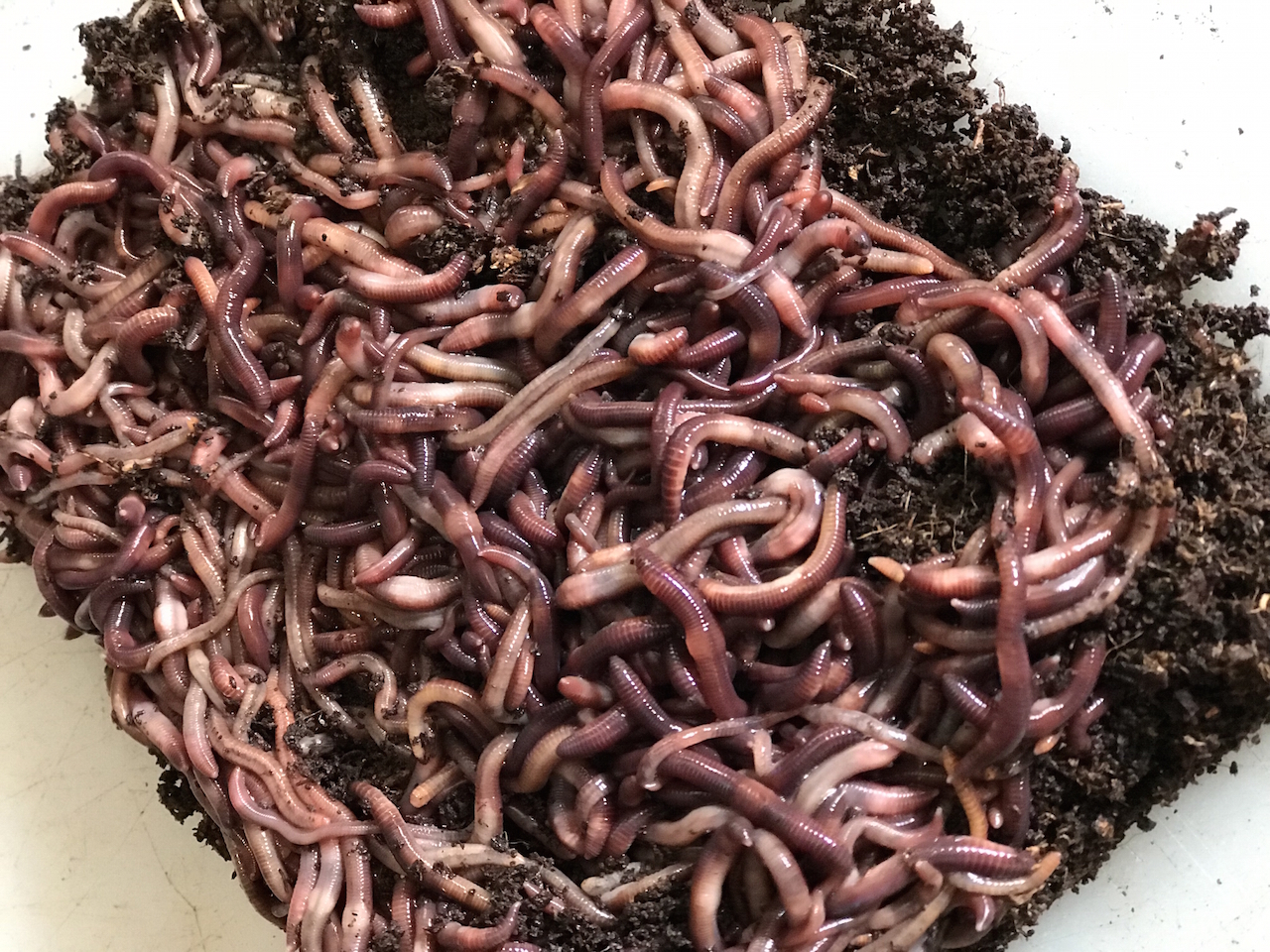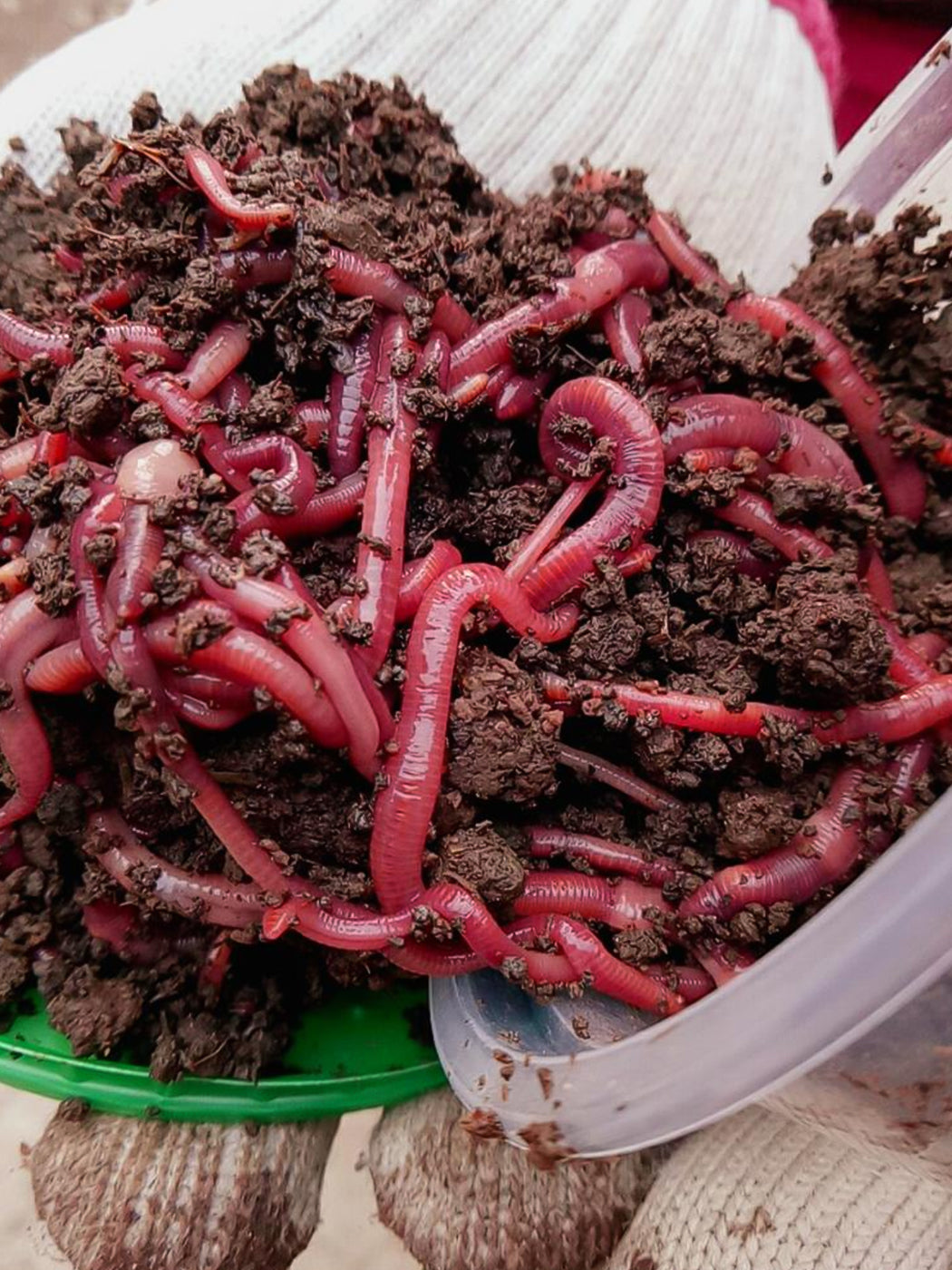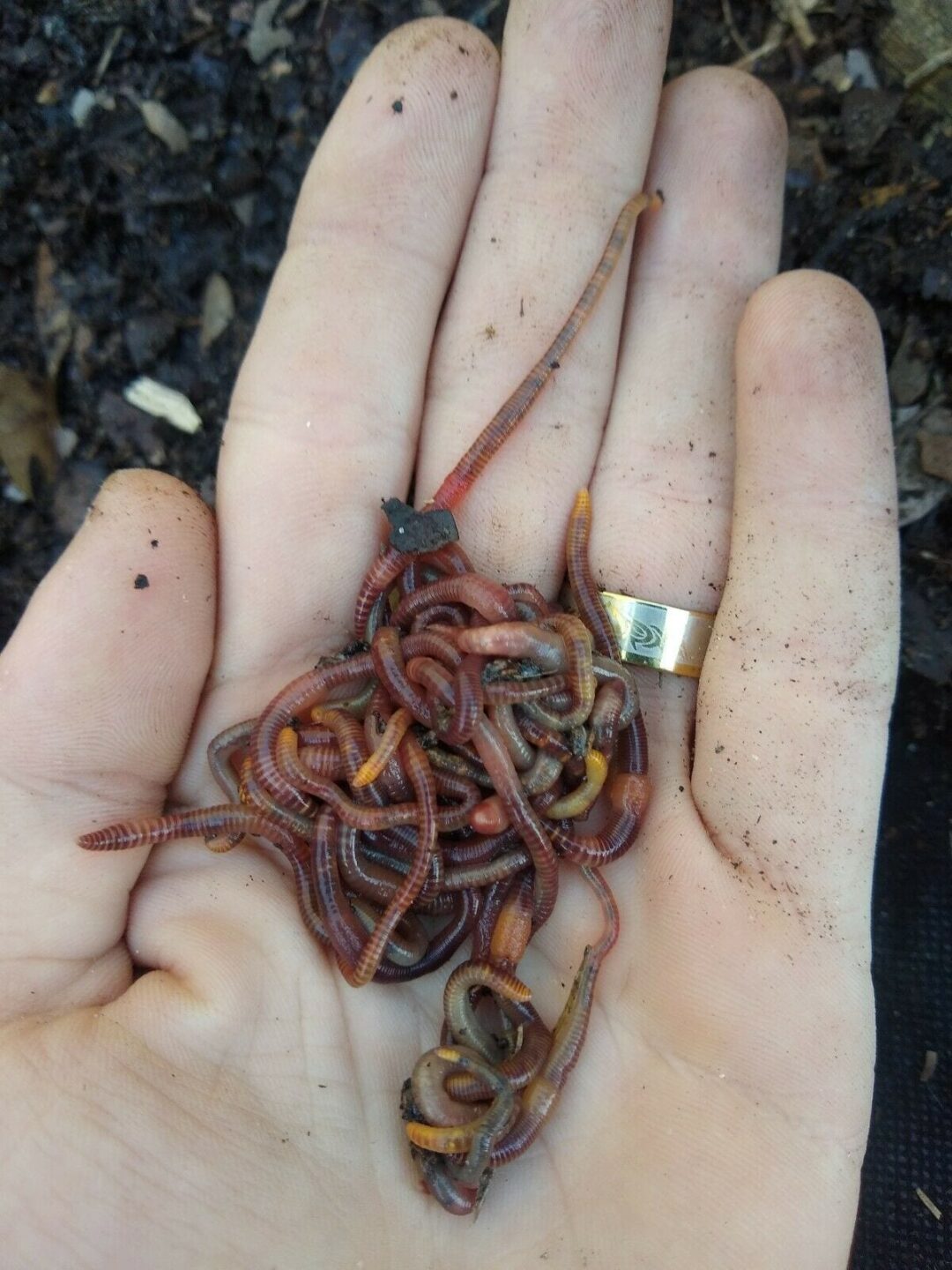Use Lake Hickory Bait for Exceptional Lawn Health and Gorgeous Greens
Use Lake Hickory Bait for Exceptional Lawn Health and Gorgeous Greens
Blog Article
Red Wigglers: The Unsung Heroes of Organic Waste Recycling
Red wigglers, or Eisenia fetida, offer as vital agents in the natural waste reusing process, transforming discarded products into valuable vermicompost. As the world significantly seeks options to battle waste buildup and enhance farming efficiency, recognizing the role of these worms comes to be necessary.
What Are Red Wigglers?
The amazing resilience of red wigglers, medically known as Eisenia fetida, emphasizes their important duty in natural waste recycling. These small, reddish-brown earthworms are commonly located in decomposing raw material, such as garden compost stacks and manure loads. Lake Hickory Bait. Unlike various other earthworm varieties, red wigglers flourish in nutrient-rich environments and are highly efficient at breaking down organic materials, making them vital for vermicomposting

(Red Wiggler Express)In enhancement to their duty in waste decrease, red wigglers add to dirt health by improving soil framework and oygenation via their delving activities (Lake Hickory Bait). Their existence in composting systems not only boosts disintegration rates however likewise advertises a sustainable method to squander administration, illustrating their significance in environmental conservation efforts
Advantages of Composting With Worms
Composting with worms, especially red wigglers, uses many advantages that boost both waste monitoring and soil wellness. Initially, these worms effectively damage down natural waste, converting it into nutrient-rich vermicompost that improves soil. This process speeds up decay, permitting a quicker recycling of kitchen area scraps and other natural materials contrasted to traditional composting methods.
Furthermore, the vermicompost produced by red wigglers is teeming with useful microorganisms, which assist enhance soil framework, oygenation, and dampness retention. This enhances the general health and wellness of plants, promoting energetic growth and increased returns in gardens and agricultural setups. The use of worms in composting decreases the manufacturing of greenhouse gases, such as methane, contributing to an extra sustainable waste monitoring system.

Just How to Beginning Vermicomposting
Developing a vermicomposting system is a straightforward process that can produce considerable advantages for both waste monitoring and dirt enrichment. To start, pick an ideal container, such as a plastic bin or wooden box, with adequate ventilation holes to make certain correct air movement. The measurements should preferably be about 2 feet by 3 feet, enabling enough area for the worms to flourish.
Next, prepare bed linens material, which can include shredded newspaper, cardboard, or coconut coir. This bed linens needs to be dampened to develop a suitable habitat for the worms. Once the bedding remains in place, introduce red wigglers (Eisenia fetida) into the container, usually around one extra pound of worms for every single square foot of surface.
Adhering to the positioning of worms, include natural waste, such as fruit and vegetable scraps, coffee premises, and smashed eggshells. Avoid adding milk, meat, or oils, as these can create odors and bring in pests. Position the container in a shaded, temperature-controlled location to keep optimum conditions for worm task. With these steps, you will efficiently discover this start a vermicomposting system that adds to sustainable waste administration and improves your dirt.
Preserving a Healthy And Balanced Worm Container
(Red Wiggler Express)Keeping a worm bin prospering requires regular attention and like make sure the health and wellness of the red wigglers and the performance of the composting process. Correct maintenance starts with keeping track of the dampness levels; the bin should perspire however not soaked. A good guideline of thumb is to keep a consistency comparable to a wrung-out sponge.
Carefully mixing the bedding and food scraps every few weeks avoids compaction and makes certain that all worms have access to oxygen. Furthermore, it is vital to feed the worms appropriately.
Temperature law is an additional important facet. Red wigglers thrive in a series of 55 to 77 levels Fahrenheit. If the container ends up being as well warm or cool, the worms may end up being stressed out - Lake Hickory Bait. Lastly, occasionally look for indicators of wellness, such as worm populace development and the presence of healthy and balanced spreadings. By vigilantly handling these elements, one can keep a durable and productive worm bin.
Effect On Lasting Living
The successful maintenance of a worm container not just profits the wellness of red wigglers yet also contributes dramatically to sustainable living techniques. By reusing organic waste, such as cooking area scraps and yard particles, red wigglers help draw away substantial quantities of product from garbage dumps. This decrease in waste not only lowers greenhouse gas emissions but likewise lessens the ecological problem related to waste monitoring.
Additionally, the castings generated by red wigglers work as a nutrient-rich organic fertilizer, enhancing soil wellness and advertising plant growth. This all-natural choice to chemical fertilizers sustains lasting farming and horticulture methods, reducing dependence on artificial inputs that can hurt environments. Furthermore, worm composting cultivates recognition of waste administration, urging people and communities to embrace more sustainable behaviors.

Conclusion
In recap, red wigglers serve as vital contributors to organic waste recycling via their efficient decay of natural materials. By incorporating vermicomposting into waste management techniques, individuals and communities can considerably lower waste while advertising ecological sustainability.
Report this page